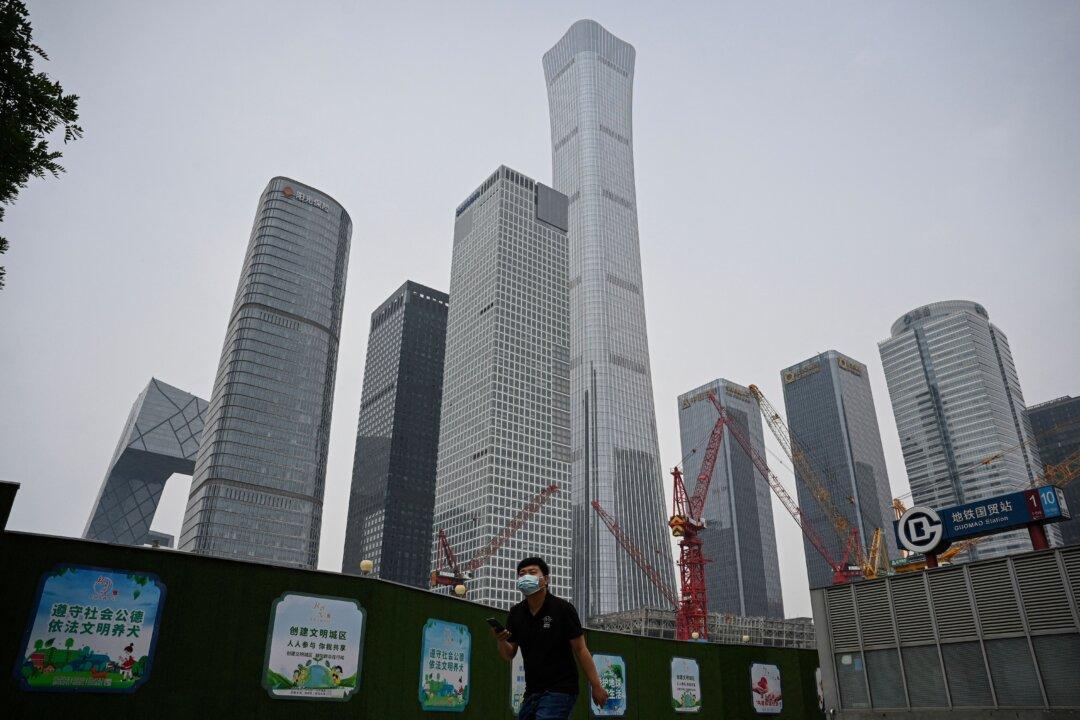A recent report on China’s small and micro-enterprises highlights that over one-third of these businesses have unhealthy financial conditions and numerous risks.
An analyst believes that as China’s economy is on a downward trajectory, the essential pillars of economic growth—exports, real estate, and infrastructure projects—have stopped growing.




